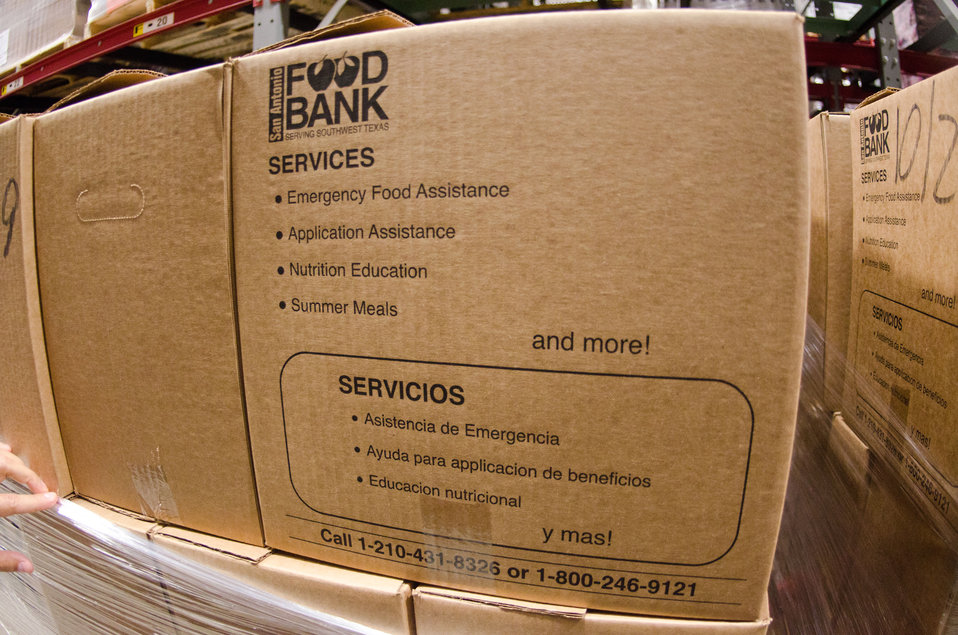By Sandra Nelson
Being in shelter-in-place throughout April has given me lots of extra time to read online news articles. I’ve noticed two problems dominating our daily lives: 1) The vast majority of American parents seem to be overwhelmed by homeschooling and online learning; and 2) Backyard vegetable gardens are being acknowledged as today’s Victory Gardens.

As a former classroom teacher, I have to admit that it warms my heart to read that Americans as a group are realizing and appreciating the challenges that teachers not just face but meet head-on on a daily basis. I also understand and can empathize with the frustration that both the kids and their parents are feeling. Even in the best of circumstances spring is a difficult time of year to keep students focused on academics — they want to be outside playing!

Food supply anxiety is real. With thousands of Americans out of work, food banks are a necessary lifeline, and with so many people relying on them to feed their families, existing food bank resources are being stretched to the limit. Those Americans fortunate enough to have regular paychecks are finding that each trip to the grocery store not only is taking a larger chunk out of their budget, but store shelves are suddenly empty.

History shows us that fears of food scarcity are not new in the United States. Victory Gardens, a government backed program to prevent hunger, were first introduced during WWI. It wasn’t until WWII however, that their popularity soared as individuals were told that it was their patriotic duty to produce food. Americans listened. The USDA estimates that as many as 10 million tons of the country’s fresh fruits and vegetables were produced in 20 million Victory Gardens. The amount grown in those home-based gardens equaled all commercial production. Once the war and the government push ended however, so did the reliance on home gardens. Commercial agriculture replaced home gardens. Food scarcity disappeared, grocery shopping became the norm and acres of expensive to maintain lawn replaced productive plots of fruits and vegetables. In the era of Covid-19 as agricultural workers get sick and supply chains break, food shortages are once again returning.

Thinking about all of this, it seems to me that returning to home gardening can help solve both the educational and food scarcity issues. Health care professionals and child care experts have been warning for years of the negative physical, emotional and social implications of too much screen time on the nation’s youth. The sedentary lifestyle that usually accompanies excess screen time can result in health issues such as obesity, Type2 diabetes, heart disease and even a shortened lifespan. Some eye problems can be linked to screen use in young children and children who spend too much time with screens can develop issues with impulse control and focus. ( See the first blog in our series on children’s health and nature at: (https://www.embassylandscape.com/blog/the-relationship-between-childrens-health-and-time-in-nature/) Add in the frustration of unfamiliar technology and lack of in-person instruction and you have the recipe for the educational breakdowns we are experiencing.

There are ways to bring some joy back into the process of learning. My suggestion is to incorporate a large dose of outdoor education into the daily schedule. Find a sunny spot to plan, plant and care for a Victory Garden with your children. Take a corner of your lawn, if necessary, or collect an assortment of pots on the deck, but find a spot to grow food. You will reap dual rewards — fresh produce and happier children.

Gardening with children has a myriad of benefits. We know that spending active time outdoors every day helps to boost their overall physical health by achieving and maintaining a healthy weight, raising Vitamin D levels in bones and teeth, boosting the immune system and possibly reducing the risk of certain cancers later in life.

Equally important are the emotional benefits. Experiencing nature builds healthy self-esteem and a sense of resilience as children take on and work through new and unfamiliar experiences. Nature activities reduce stress and relieve built-up tension and anxiety. ( See our second blog on children’s health and nature at: https://www.embassylandscape.com/blog/the-relationship-between-childrens-health-and-time-in-nature-part-2/))

Planting a garden, especially a vegetable garden, develops academic skills like math, science and even reading in a valuable way — within the context of a real world situation. Instead of blindly memorizing and repeating formulas, children can see how to figure square footage and why it’s important to know. They hone measurement skills as they determine planting depths and distances. They can watch plants germinate and grow and see how even tiny insects impact our environment. They can practice and improve their reading comprehension as they follow written directions on seed packages and plant labels. They can improve their critical thinking skills as they evaluate and solve problems that they encounter as they raise their crops.

Helping to grow and perhaps even prepare food that feeds the family offers children the opportunity to contribute in a meaningful way and parents the space to take a break from the strain of today’s coronavirus challenges. Join us next week as we outline some gardening tips for the novice gardener. May is the perfect time to begin!

